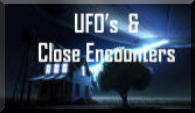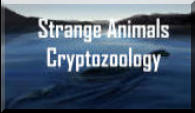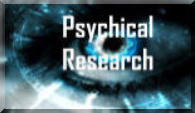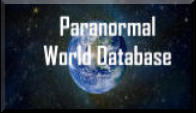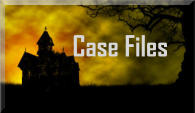A BRIEF HISTORY OF EVP
BY DAVID DECOSTA
Like most scientific paranormal research, EVP study is rooted in the Spiritualist Movement at
the turn of the 20th Century. While cultural beliefs in shamanism, oracles, and other mediums
have ancient roots, this age of psychics and séances spread like wildfire and began to draw the
attention of popular culture. Attending a séance became a fashionable event; and an industry. As
the industry grew, it began to draw the attention of high society. Wealthy socialites, politicians
and even Presidents began consulting psychics and attending séances. It also drew the interest of
journalists, authors, scientists and psychologists who hoped to either credit or discredit the
claims of these psychic mediums.
People began testing many of these mediums. Many were frauds pitching parlor tricks though
there were rare occasions where individuals showed certain uncanny abilities. These cases
inspired many of the the forefathers of paranormal research to begin conducting legitimate
objective research into paranormal phenomena. The Ghost Club and the Society for Psychical
Research are perhaps the oldest paranormal research societies in the world, both having been
founded London in the late 1800's. Their goals were to study all manner of paranormal
phenomena and to approach this study objectively, using their collective expertise in a number of
literary and scientific fields. One such course of study, employed by a number of different
researchers, was to determine whether or not spirit communication could be recorded on some
device.
(Left to Right: Harry Price, Hereward Carrington, Thomas Edison, William James and J.B. Rhine)
In 1941, American Photographer and self-proclaimed medium Attila von Szalay began his
attempts at recording voices of the dead. He hoped that he could capture these voices using a 78
rpm recorder and would use such recordings to further validate his spirit photography. The
practice didn't bear fruit until he began using reel-to-reel magnetic tapes in 1956. Collaborating
with Raymond Bayless, they customized an insulated machine that utilized both internal and
external microphones. They published there finding in the Journal of the American Society for
Psychical Research in 1959. Bayless publish his own book in 1979 and called it Phone Calls from
the Dead.
In 1964, Swedish painter Friedrich Jürgenson wrote a book titled Rösterna Från Rymden
translated "Voices from Space." He insisted that, while recording birdsongs, he captured voices a
familiar voice on a recording asking “Friedel, can you hear me? This is mammy.” This led
Jürgenson to believe that he'd captured a message from his deceased mother. Many were
skeptical of Jürgenson. He was an eccentric artist, not a scientist. Many accused him of carelessly
picking up radio signals, misinterpreting random noises, and some even considered him a hoaxer.
Two men who seriously considered these recordings were Latvian Psychologist Konstantine
Raudive, and German born Hans Bender. Raudive was a student of C.G. Jung and was drawn to
the Swiss Psychologist because he was a great advocate for the genuine scientific (psychological)
study of occult phenomena. Bender was also influenced by analytical psychology and earned a
Ph. D from the Psychological Institute at Bonn. He was also fascinated by the work of J.B. Rhine
from Duke University. Bender made a name for himself lecturing on the subject of
parapsychology. He eventually founded the Institut für Grenzgebiete der Psychologie und
Psychohygiene.
(Left to Right: C.G. Jung, Friedrich Jürgenson, Konstantine Raudive, Hans Bender)
In 1970, a Cambridge University student named David Ellis undertook the task of
challenging Dr. Raudive to reproduce his EVP techniques. Ellis believed many of the so-called
"Raudive Voices" were foreign radio transmissions and hoped to conduct an experiment in which
the reel-to-reel recorder would be placed in a Faraday Cage (a copper mesh enclousre that repels
radio signals). A single voice was captured during the experiment though Ellis and others passed
it off as an external noise. No further collaborations took place between the researchers.
The following year Raudive was invited by Pye Records to go to London and use their state of
the art sound studio to conduct experiments. The studio was designed to be both soundproof and
free of radio transmissions. The tapes supposedly produced over 200 voices.
In 1982 Sarah Estep established the American Association of Electronic Voice Phenomena or
AA-EVP. The AA-EVP has since served as one of the foremost databases for those seeking
information and examples of EVP and EVP research. Many of the modern standards for capturing
and identifying EVP stem from the AA-EVP including the popular CLASS A-B-C system of
categorizing recordings. It is now run by Tom and Lisa Butler.
(Sarah Estep with her reel-to-reel recorder)



























